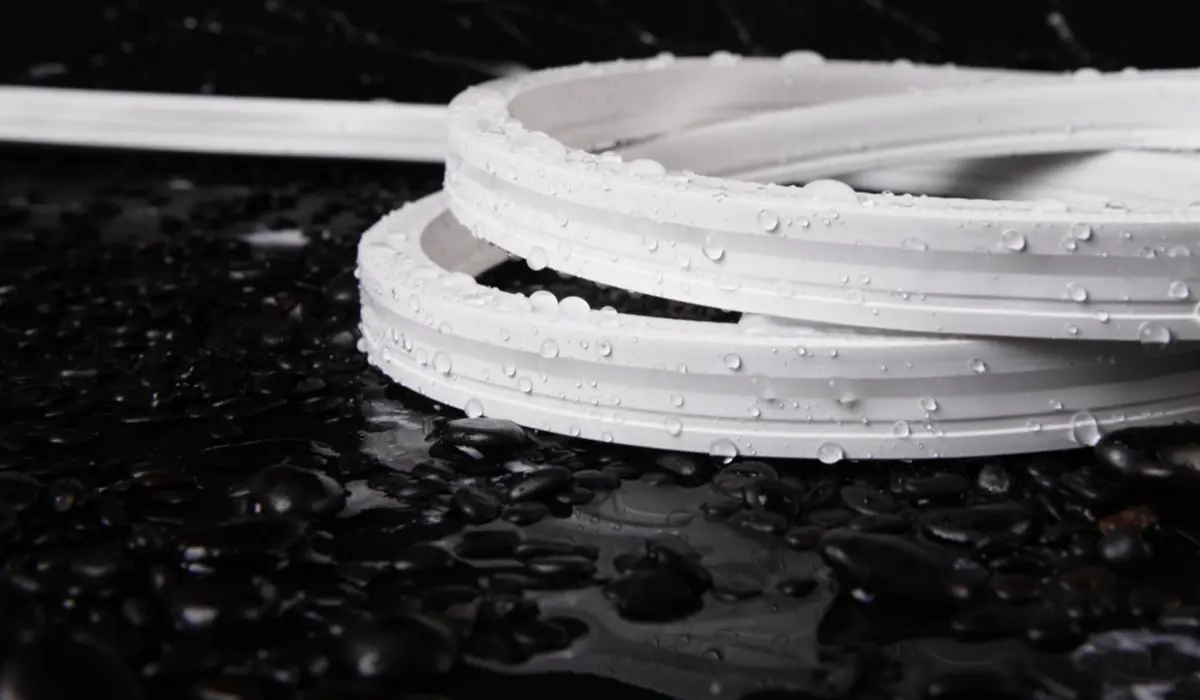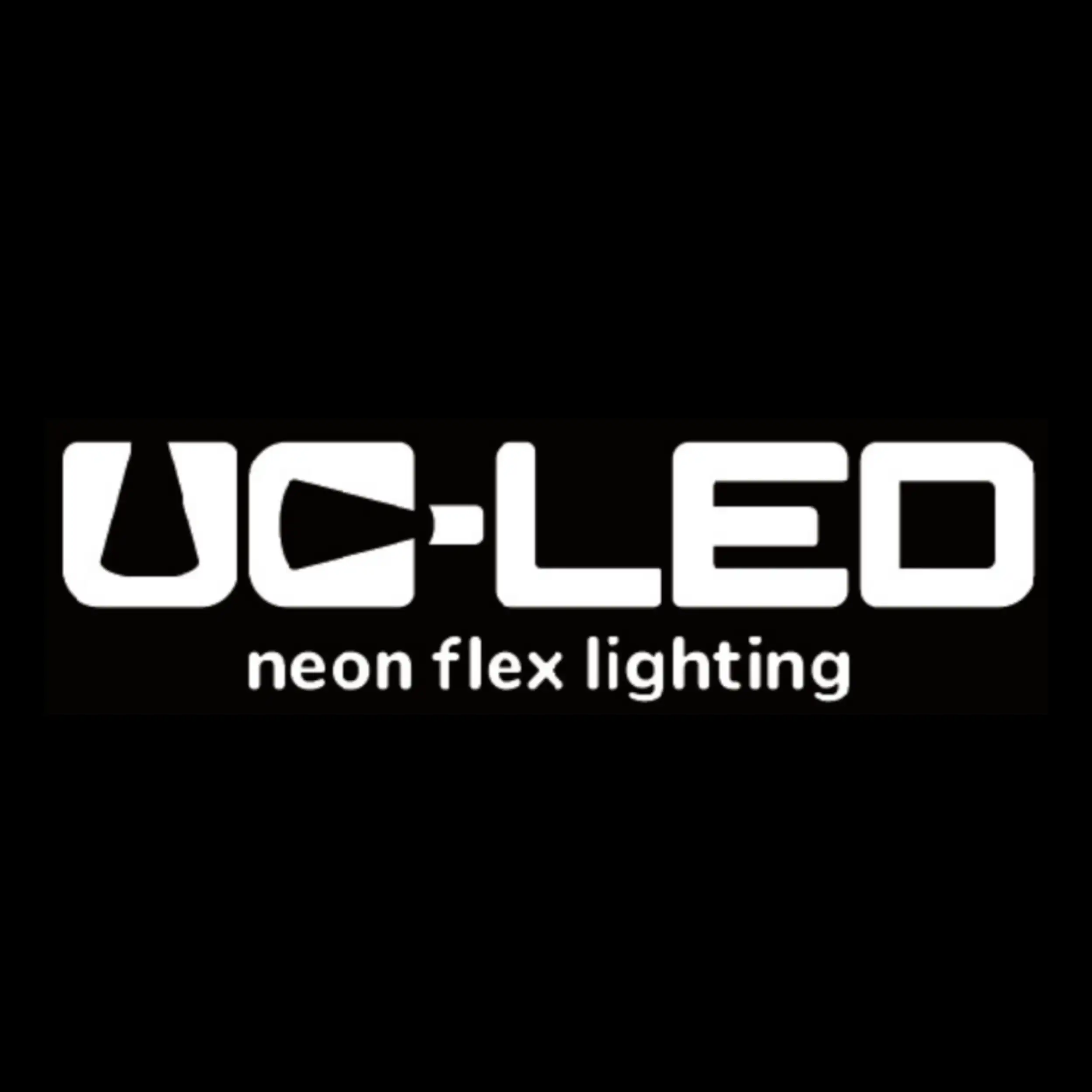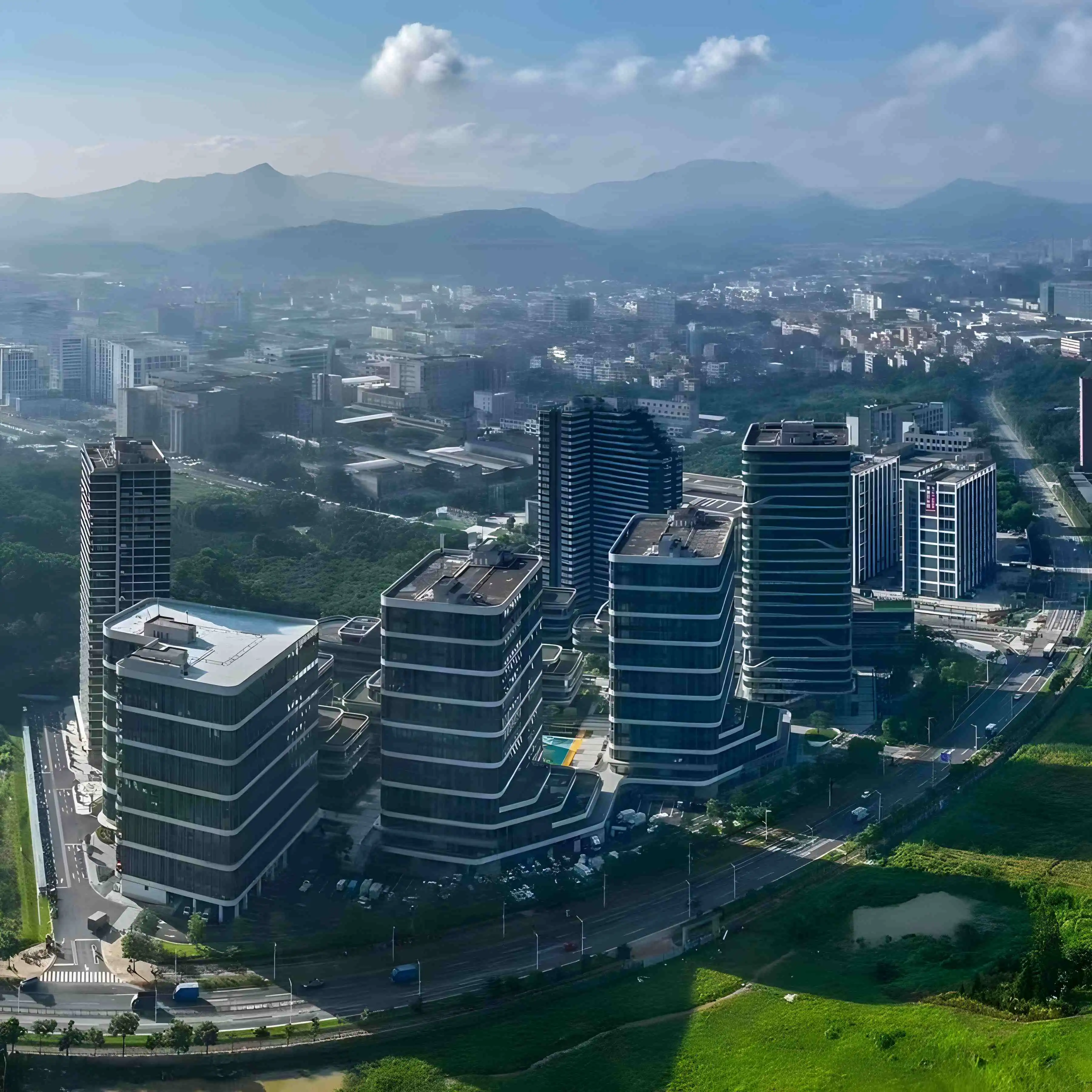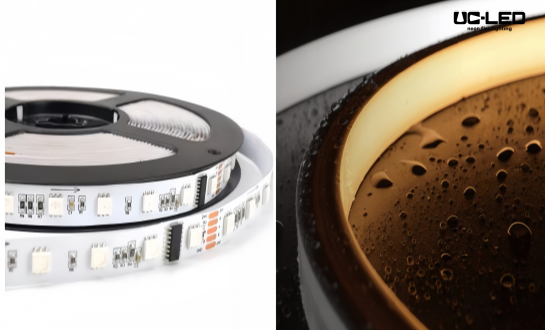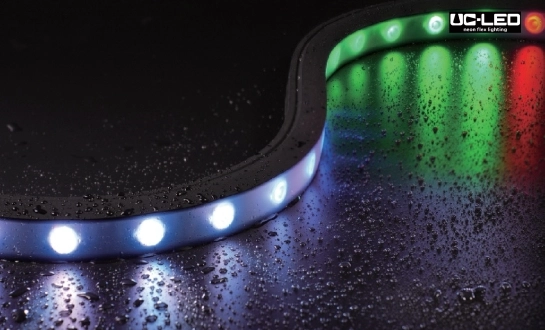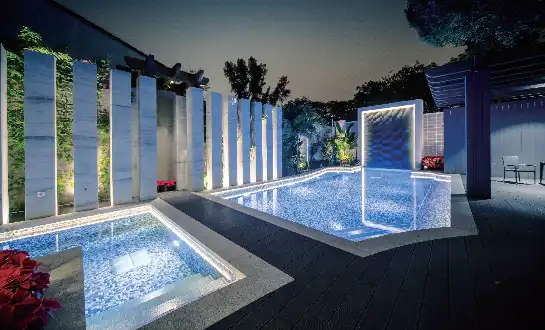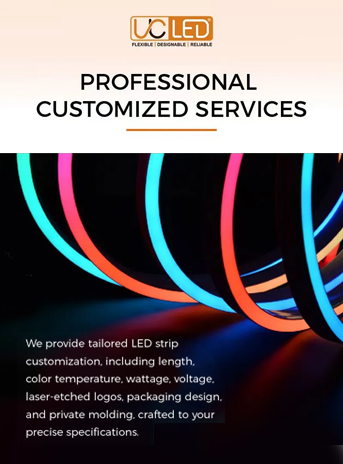Preparing for Outdoor IP67 LED Neon Flex Installation
Assessing the Installation Environment
Before beginning the installation process, it's crucial to evaluate the outdoor environment where the IP67 LED neon flex will be placed. Consider factors such as exposure to direct sunlight, rainfall patterns, and temperature fluctuations. These environmental conditions can significantly impact the performance and lifespan of your LED neon flex.
Additionally, examine the mounting surface to ensure it's suitable for installation. Ideal surfaces should be clean, dry, and free from any debris or contaminants that could interfere with adhesion. For uneven or porous surfaces, you may need to use a primer or sealant to create a smooth, uniform surface for installation.
Gathering Necessary Tools and Materials
To ensure a successful installation, gather all required tools and materials beforehand. Essential items include:
- Measuring tape
- Pencil or marker for marking installation points
- Scissors or a sharp utility knife for cutting the LED neon flex
- Silicone sealant for weatherproofing connections
- Mounting clips or channels appropriate for your installation surface
- Power supply and controller (if applicable)
- Wire strippers and connectors for electrical connections
- Safety equipment such as gloves and safety glasses
Having these tools readily available will streamline the installation process and help prevent unnecessary delays or complications.
Planning the Layout and Power Distribution
Careful planning is essential for achieving the desired aesthetic and functional results with your IP67 LED neon flex installation. Begin by creating a detailed layout of where the neon flex will be placed, taking into account any curves or corners in the design.
Next, consider power distribution. Determine the total length of LED neon flex you'll be using and calculate the power requirements based on the specifications provided by the manufacturer. Ensure that your power supply can adequately support the entire installation without voltage drop issues, which can lead to uneven brightness or performance problems.
If your installation covers a large area, you may need to plan for multiple power injection points to maintain consistent brightness throughout the length of the neon flex. This is particularly important for long runs or complex designs with numerous bends and curves.
Installation Techniques for Outdoor IP67 LED Neon Flex
Proper Mounting Methods
Selecting the appropriate mounting method is crucial for ensuring the longevity and performance of your IP67 LED neon flex installation. There are several options available, each suited to different surfaces and environmental conditions:
1. Mounting Clips: These are ideal for installations on flat surfaces. Space the clips evenly along the length of the neon flex, typically every 12-18 inches, to provide secure support.
2. Aluminum Channels: For a more polished look and additional protection, consider using aluminum channels. These can be particularly beneficial in areas with high foot traffic or where the neon flex might be subject to physical impact.
3. Silicone Adhesive: In some cases, a high-quality silicone adhesive can be used to directly attach the neon flex to the mounting surface. This method works well for temporary installations or on surfaces where drilling isn't possible.
Regardless of the mounting method chosen, ensure that the neon flex is not stretched or compressed during installation, as this can damage the internal components and affect performance.
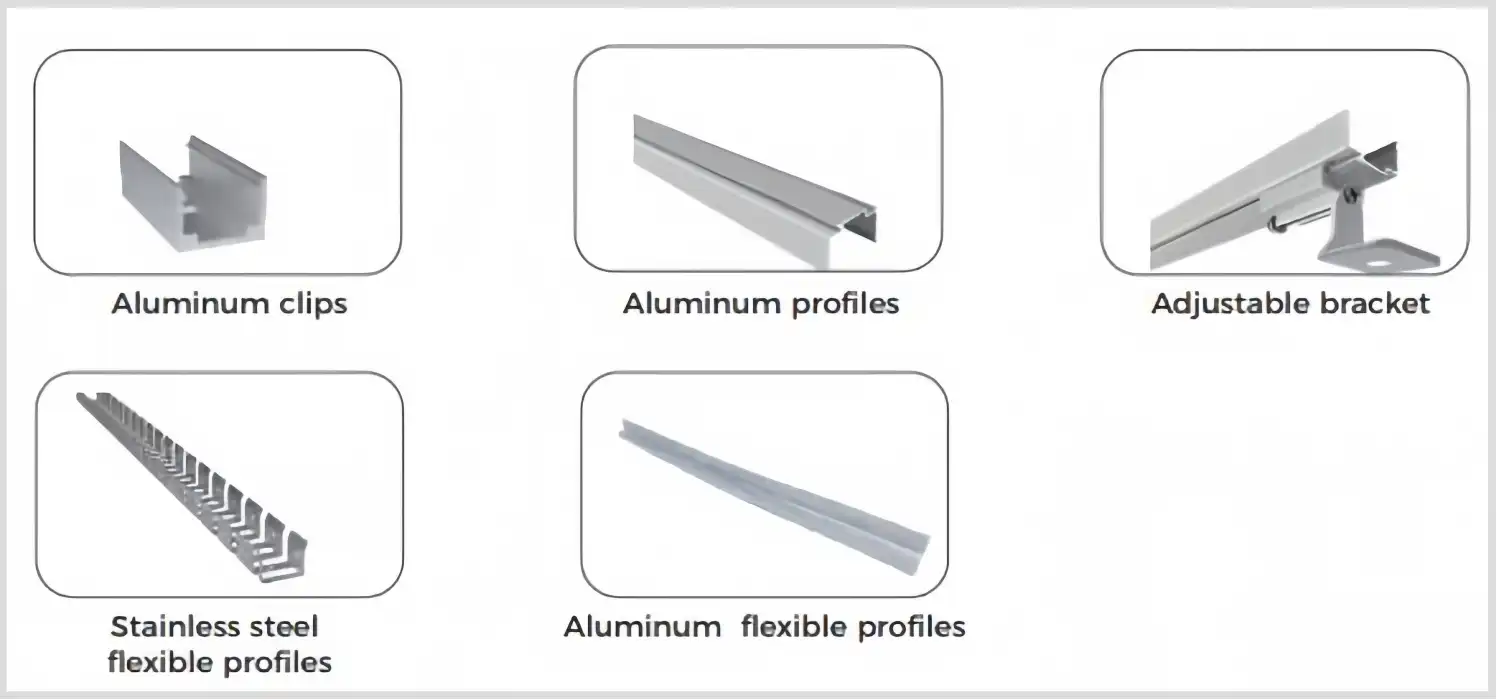
Weatherproofing Connections and End Caps
While IP67 LED neon flex is designed to withstand outdoor conditions, it's essential to properly weatherproof all connections and end caps to maintain the integrity of the installation. Here are some key steps:
1. Use waterproof connectors: When joining sections of neon flex or connecting to power supplies, use connectors specifically designed for outdoor use.
2. Apply silicone sealant: After making connections, apply a high-quality silicone sealant around the joint to create a watertight seal. This extra layer of protection helps prevent moisture ingress.
3. Secure end caps: Ensure that end caps are firmly attached and sealed with silicone to prevent water from entering the neon flex at the ends.
4. Create drip loops: When running power cables to the neon flex, create a drip loop by allowing the cable to hang below the entry point. This prevents water from following the cable into the connection point.
Handling Curves and Corners
One of the advantages of IP67 LED neon flex is its flexibility, allowing for creative designs with curves and corners. However, it's important to handle these sections carefully to avoid damaging the internal components:
1. Observe minimum bend radius: Each neon flex product has a specified minimum bend radius. Exceeding this can damage the internal LEDs or circuitry. Refer to the manufacturer's guidelines for the correct bending limits.
2. Use corner connectors: For sharp 90-degree turns, consider using specially designed corner connectors rather than forcing the neon flex to bend sharply.
3. Support curves properly: When creating curves, use additional mounting clips or channels to support the neon flex and maintain the desired shape.
4. Avoid twisting: Ensure that the neon flex is not twisted during installation, as this can cause uneven light distribution and potentially damage the product.
Maintenance and Troubleshooting for Outdoor IP67 LED Neon Flex
Regular Cleaning and Inspection
To maintain the appearance and performance of your outdoor IP67 LED neon flex installation, regular cleaning and inspection are essential. Here's a maintenance routine to follow:
1. Cleaning: Gently clean the surface of the neon flex using a soft, damp cloth to remove dust, dirt, and debris. Avoid using harsh chemicals or abrasive materials that could damage the silicone coating.

2. Inspection: Periodically inspect the entire installation for signs of damage, loose connections, or water ingress. Pay special attention to connection points and end caps.
3. Check mounting: Ensure that all mounting clips or channels remain secure and that the neon flex hasn't shifted or sagged over time.
4. Verify weatherproofing: Examine the silicone sealant around connections and end caps, reapplying if necessary to maintain a watertight seal.
Regular maintenance not only preserves the aesthetic appeal of your installation but also helps prevent potential issues before they escalate.
Addressing Common Issues
Despite careful installation and maintenance, you may encounter some issues with your outdoor IP67 LED neon flex. Here are some common problems and their potential solutions:
1. Uneven brightness: This could be due to voltage drop in long runs. Consider adding power injection points or reducing the length of the run.
2. Flickering or inconsistent lighting: Check all connections for looseness or corrosion. Ensure the power supply is adequate for the installation.
3. Sections not lighting: This could indicate a break in the circuit. Carefully inspect the neon flex for any visible damage and replace the affected section if necessary.
4. Water ingress: If you notice moisture inside the neon flex, immediately disconnect the power and identify the point of entry. Repair or replace the affected section and improve weatherproofing measures.
5. Color shifting: LED colors can shift over time due to heat or UV exposure. If this occurs, you may need to replace the affected sections or consider using a product with better UV resistance for future installations.
Extending the Lifespan of Your Installation
To maximize the longevity of your outdoor IP67 LED neon flex installation, consider the following tips:
1. Use a timer or smart controller: Limit unnecessary operation by using a timer or smart controller to turn the lights on and off automatically.
2. Install surge protection: Protect your installation from power surges by using surge protectors on the main power supply.
3. Consider ambient temperature: In extremely hot environments, you may need to reduce the brightness or limit operation during the hottest parts of the day to prevent overheating.
4. Plan for expansion: When designing your initial installation, consider future expansion possibilities. This can make it easier to add or modify sections later without compromising the existing setup.
5. Keep spare parts: Maintain a small inventory of spare parts, such as connectors, end caps, and short sections of neon flex, for quick repairs if needed.
Conclusion
Installing outdoor IP67 LED neon flex requires careful planning, proper techniques, and ongoing maintenance to achieve the best results. By following the best practices outlined in this guide, you can create stunning, durable, and efficient outdoor lighting displays that withstand the elements and provide long-lasting performance. Remember to assess your installation environment, use appropriate mounting methods, weatherproof connections, and handle curves and corners with care. Regular maintenance and prompt troubleshooting will help extend the lifespan of your installation and ensure it continues to impress for years to come.
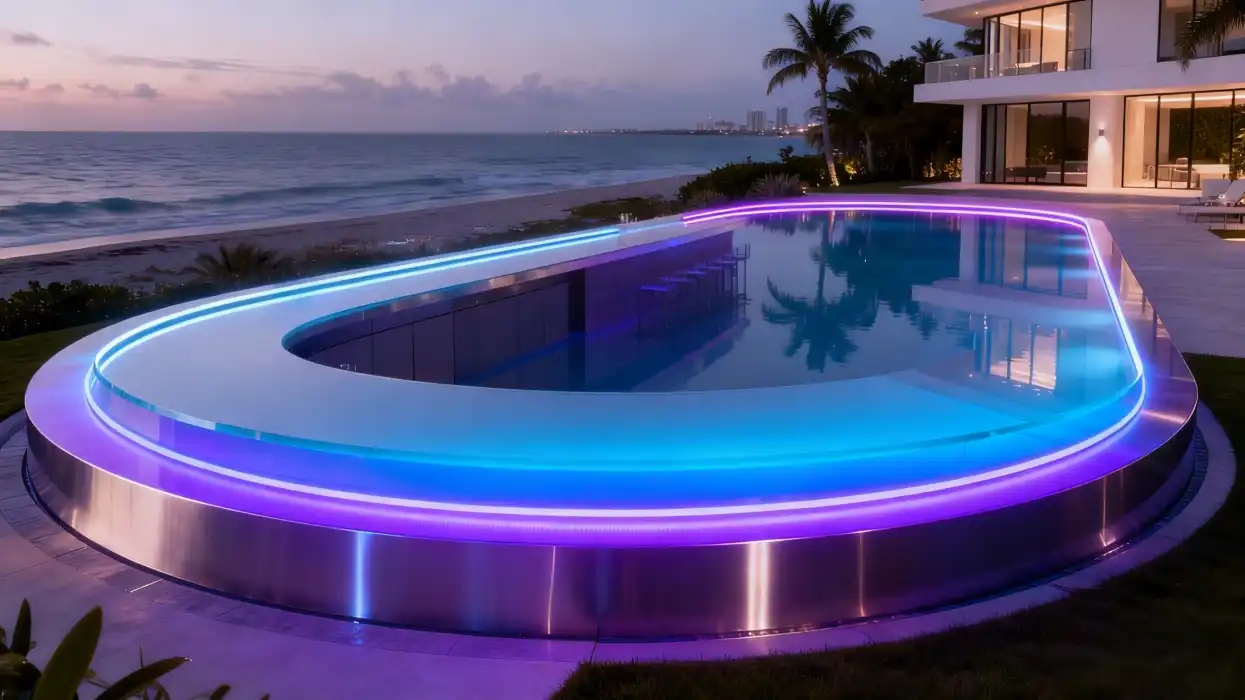
FAQs
How long does IP67 LED neon flex typically last?
With proper installation and maintenance, IP67 LED neon flex can last up to 50,000 hours or more, which is equivalent to about 5.7 years of continuous use.
Can I cut IP67 LED neon flex to custom lengths?
Yes, most IP67 LED neon flex products can be cut at designated intervals. However, always refer to the manufacturer's guidelines for specific cutting instructions.
Is it necessary to use a separate controller with IP67 LED neon flex?
While not always necessary, a controller can enhance functionality by allowing for dimming, color changing, and programmable effects, depending on the specific product.
Experience the Brilliance of QUAN HE's IP67 LED Neon Flex
At QUAN HE Lighting Co., Ltd., we pride ourselves on delivering top-quality IP67 LED neon flex solutions for all your outdoor lighting needs. Our products are engineered to withstand harsh environments while providing stunning visual effects. With our extensive experience, state-of-the-art manufacturing facility, and commitment to innovation, we offer customized lighting solutions that meet the highest industry standards. Whether you're a contractor, architect, or business owner, our team is ready to assist you in creating the perfect outdoor lighting installation. Contact us today at Linda@uc-led.com to discuss your project and experience the QUAN HE difference in outdoor IP67 LED neon flex lighting.
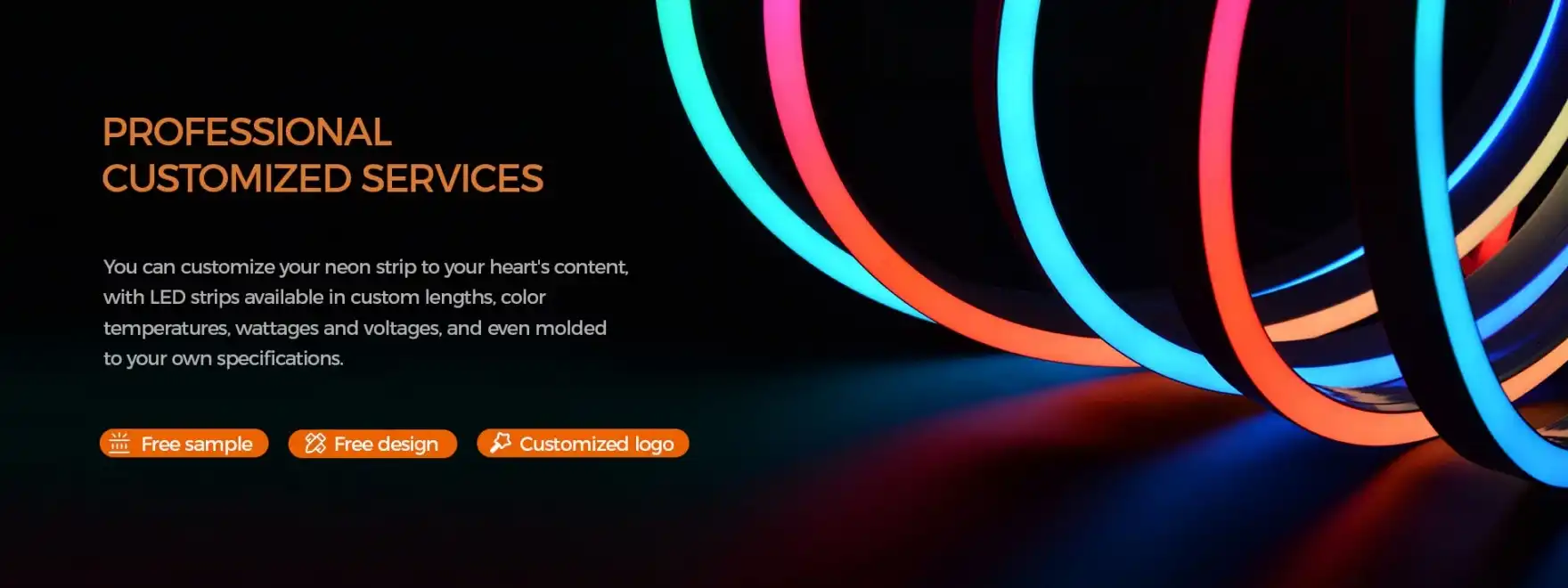
source: LED Light
References
1. Johnson, M. (2022). Advanced Techniques in Outdoor LED Lighting Installations. Illumination Engineering Society Journal, 45(3), 78-92.
2. Smith, A., & Brown, R. (2021). Weatherproofing Methods for Exterior LED Lighting Systems. Journal of Architectural Lighting, 18(2), 112-125.
3. Lee, S., et al. (2023). Long-term Performance Analysis of IP67-Rated LED Neon Flex in Diverse Climate Conditions. International Journal of Lighting Research and Technology, 55(4), 321-335.
4. Wilson, D. (2022). Best Practices for Energy-Efficient Outdoor LED Lighting Design. Sustainable Architecture and Building Magazine, 37(5), 45-52.
5. Thompson, E., & Garcia, L. (2023). Innovative Mounting Solutions for Flexible LED Lighting in Architectural Applications. Architectural Lighting Design Quarterly, 29(1), 18-27.
